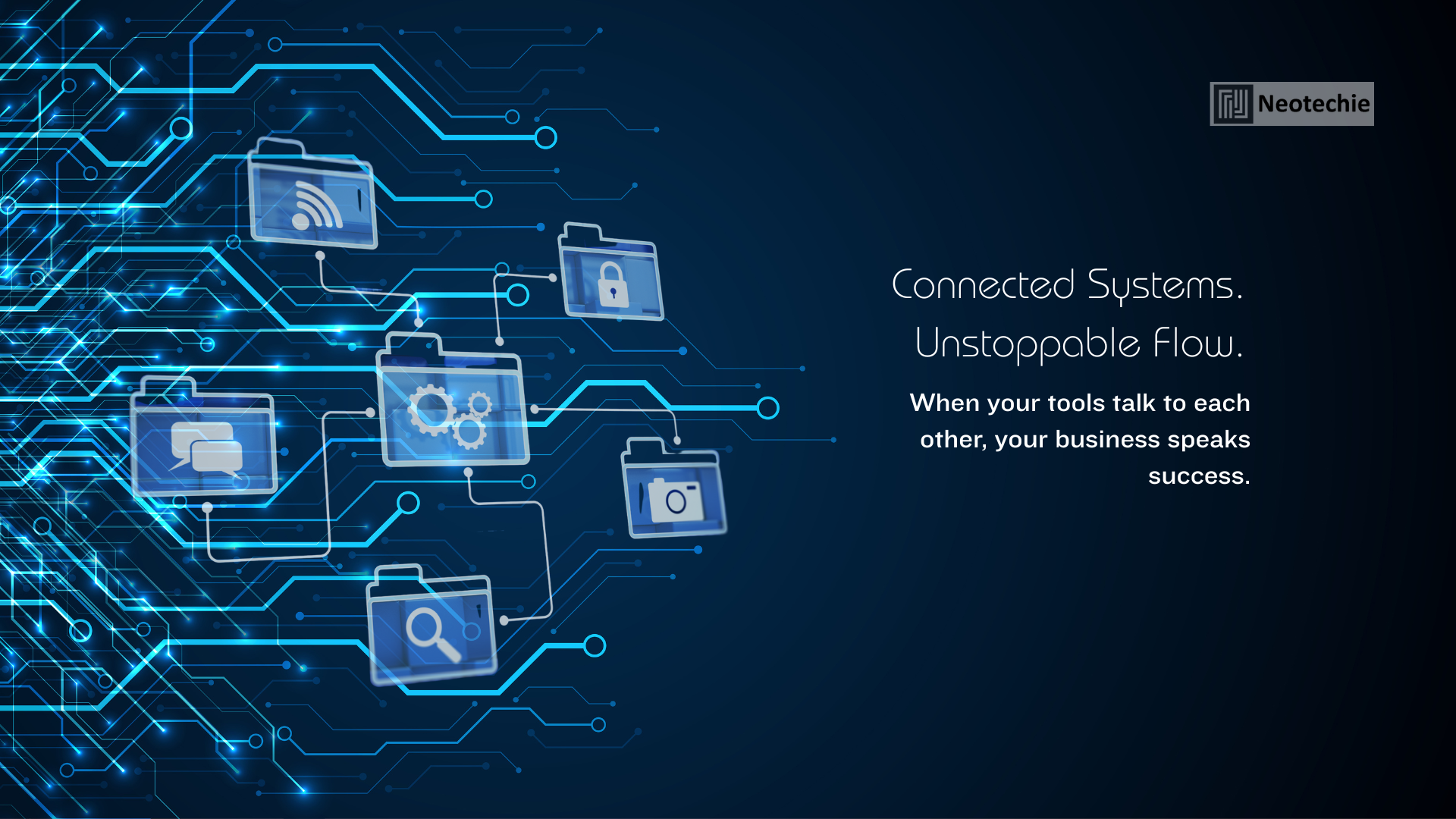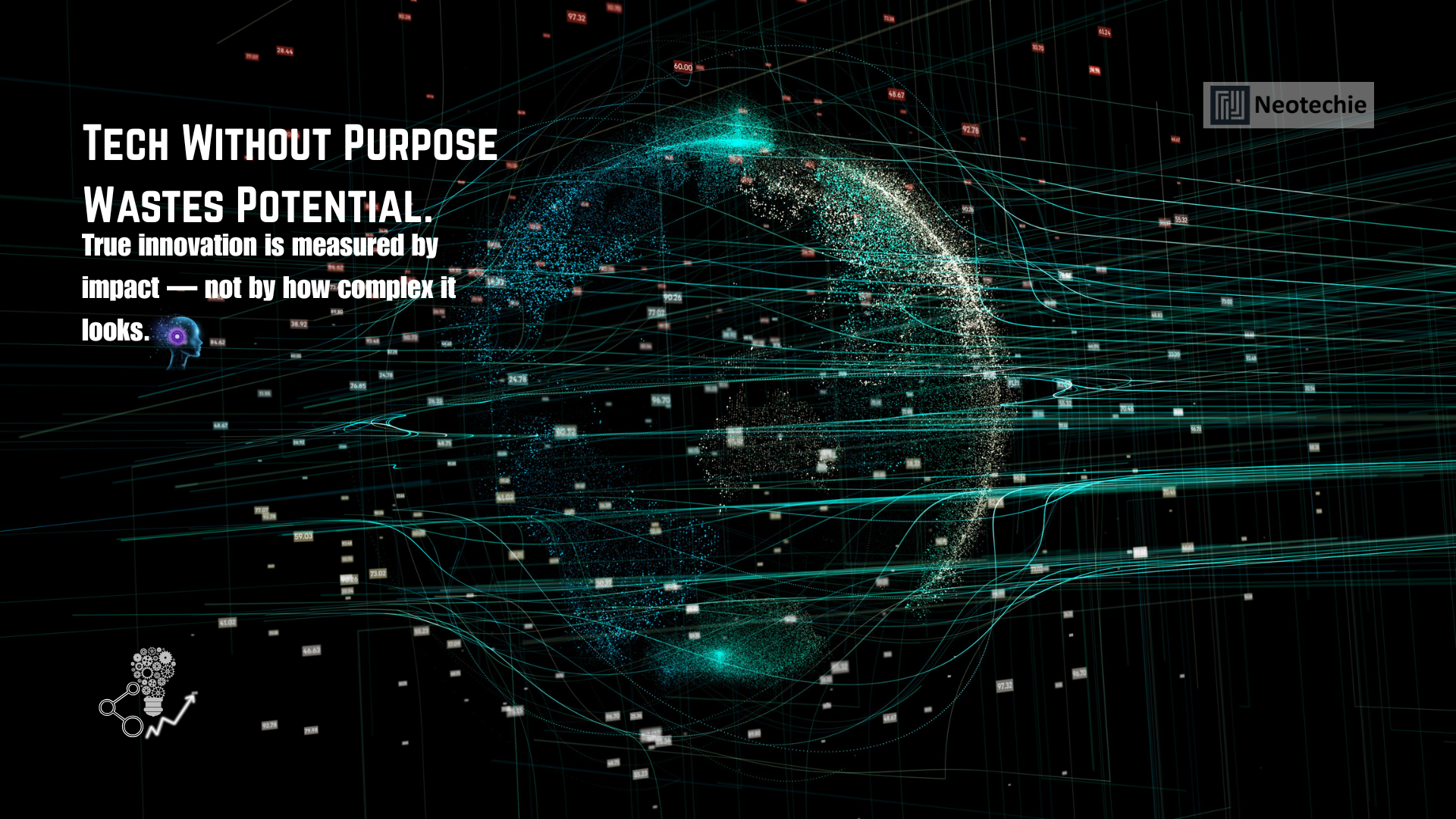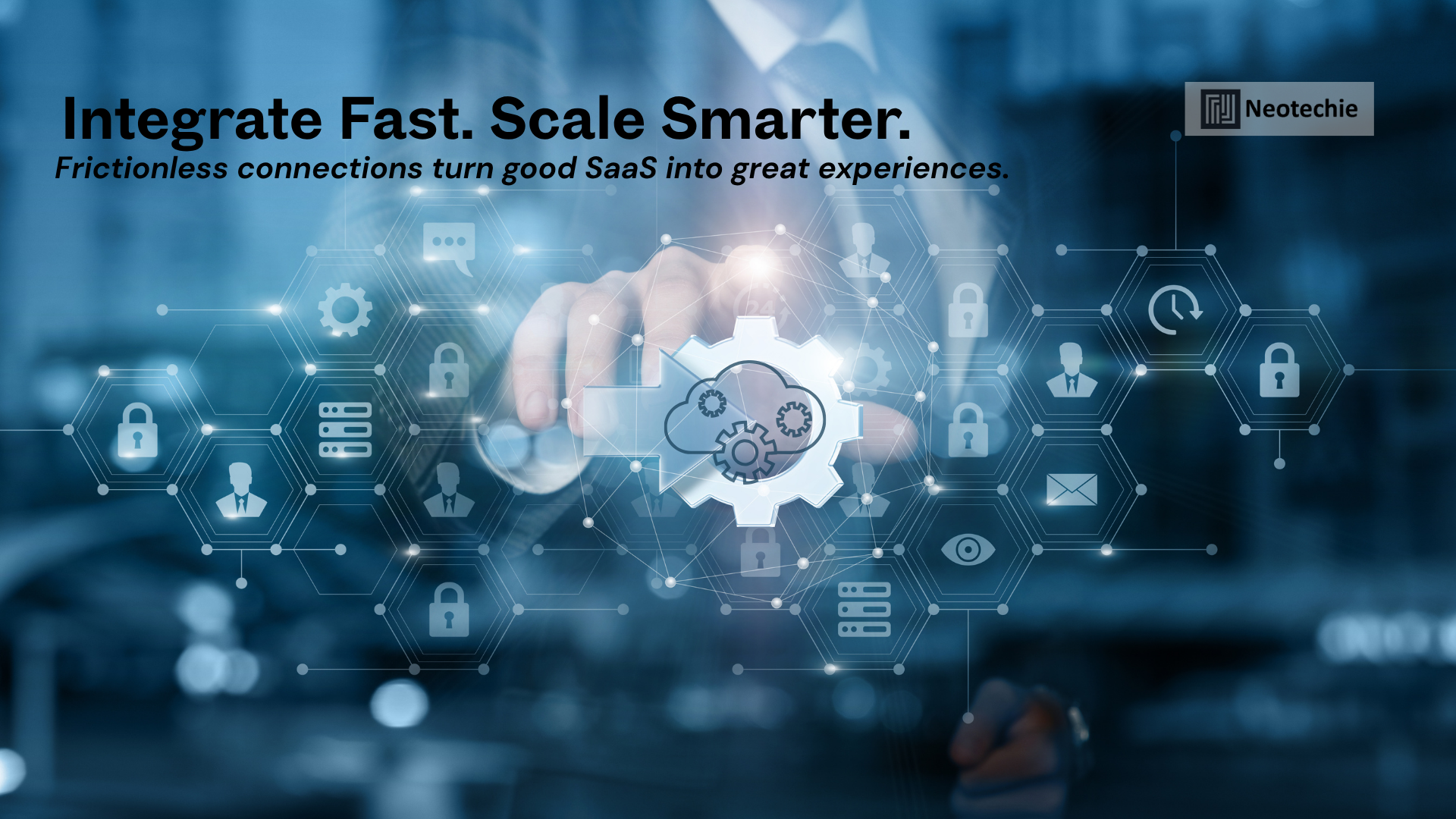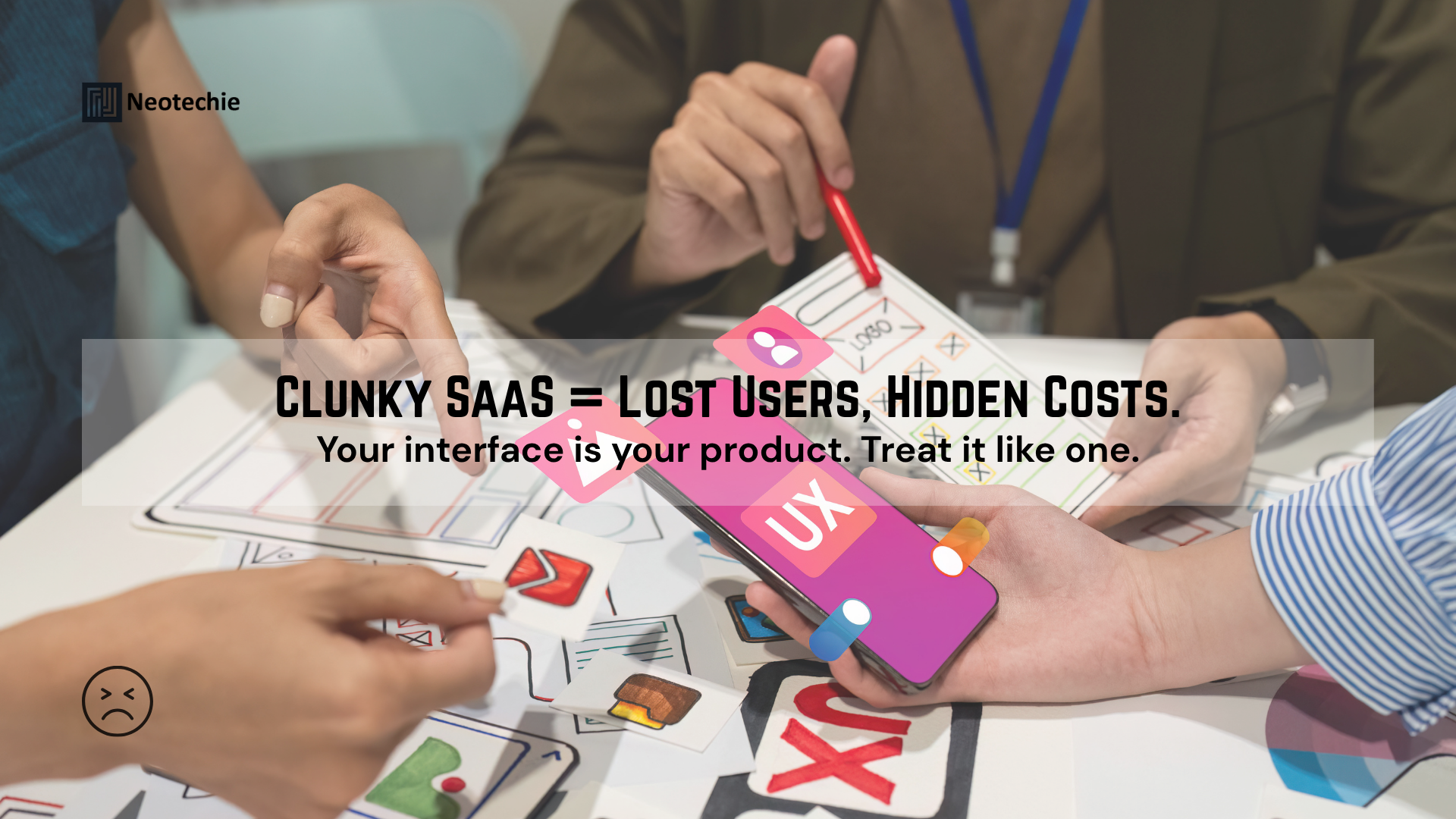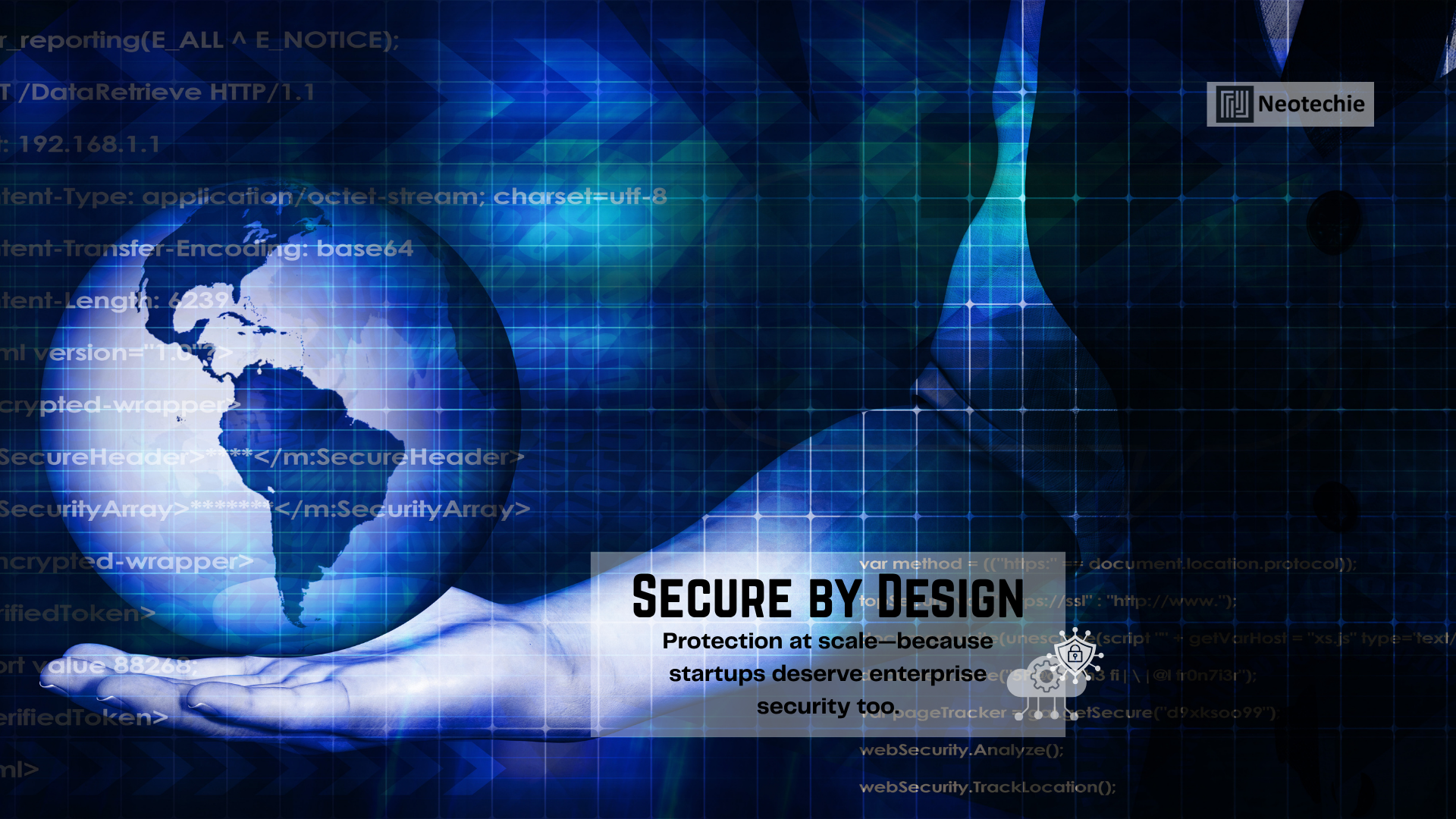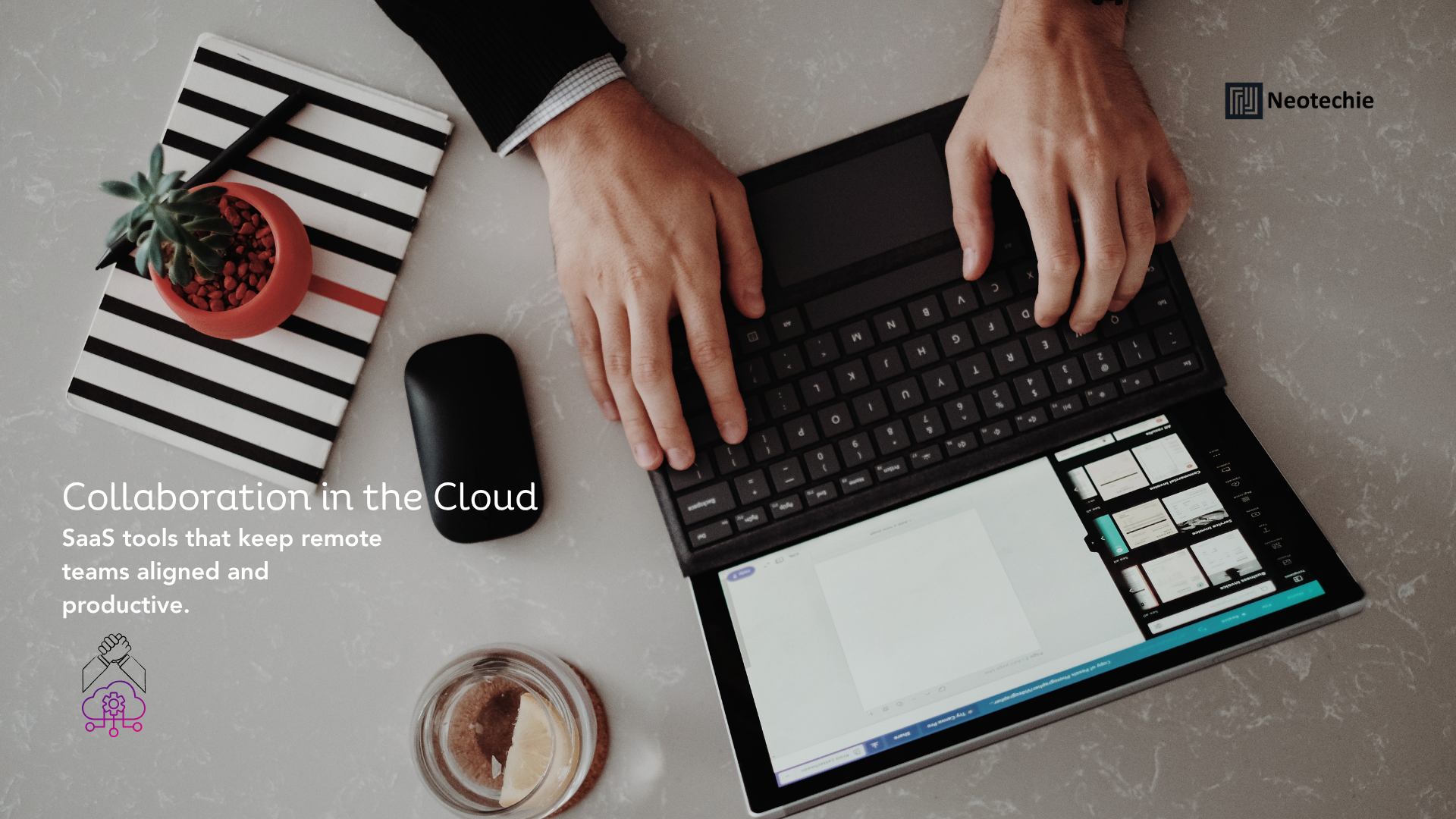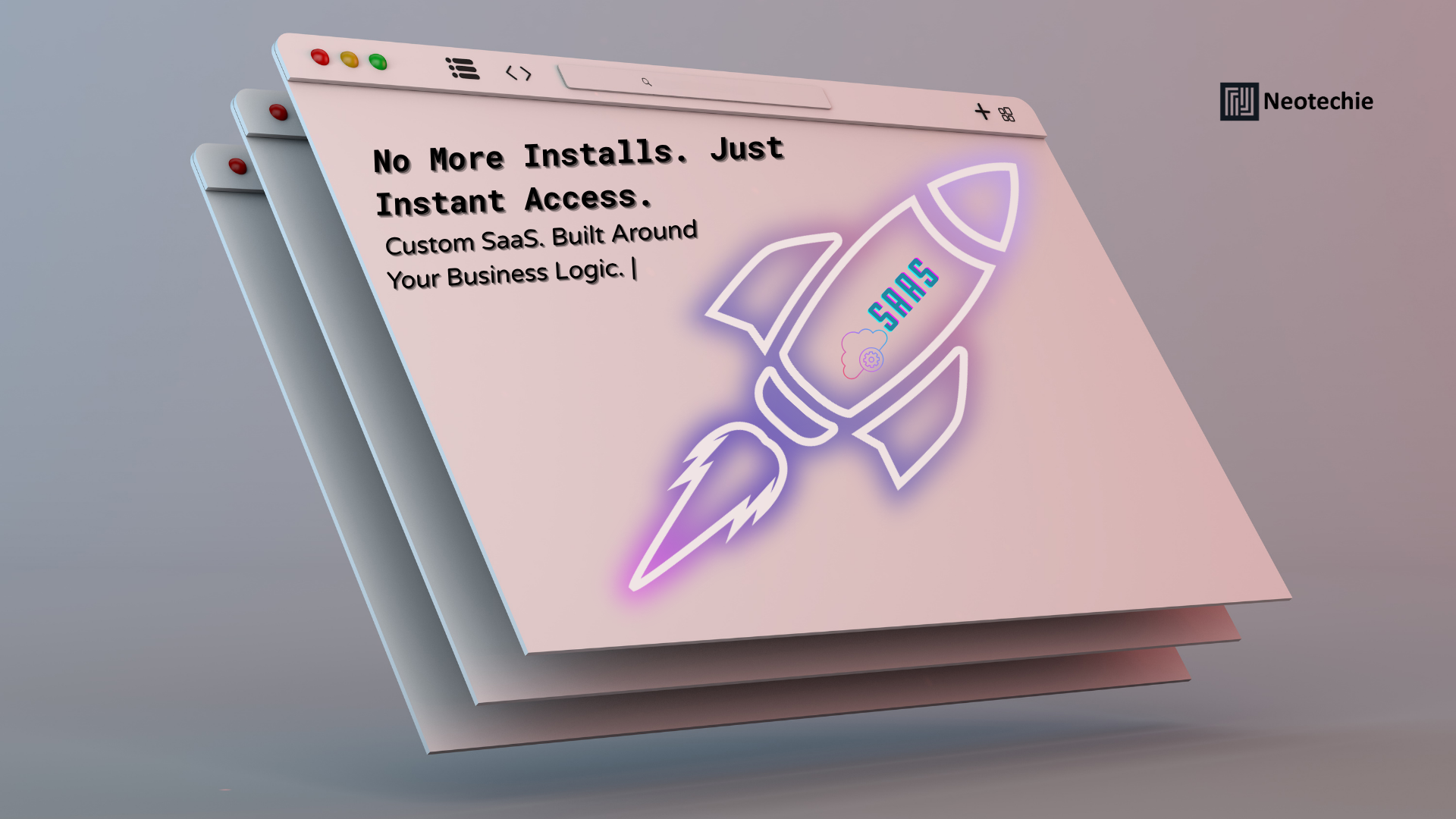Technology should accelerate business — not complicate it.
Yet too often, organizations find themselves tangled in a maze of mismatched tools and disconnected platforms. One team works in one system, another in something entirely different. Data is duplicated or lost in translation. Insights get delayed. Efforts get repeated. Customers feel the gaps.
This isn’t just a minor inconvenience — it’s a silent business killer.
Welcome to the reality of system fragmentation, where the very tools meant to empower your business end up holding it back.
It doesn’t have to be this way.
By building interconnected, fluid digital ecosystems, companies can break down internal silos, streamline operations, and set the stage for true scalability and innovation.
The Hidden Cost of Disconnected Systems
Let’s be clear — fragmented systems don’t happen overnight. They accumulate.
As businesses grow, they add tools on an as-needed basis. A project management app here. A customer support platform there. A finance tool to patch a gap. Before long, you’re juggling a dozen systems that don’t talk to each other.
This leads to a cascade of problems:
Operational Inefficiencies
Employees spend time copying and pasting data between platforms, hunting down information, or duplicating efforts — instead of focusing on strategic work.
Broken Data Integrity
With data scattered across platforms, it’s nearly impossible to get a real-time, accurate view of what’s happening in your business. Reports contradict each other. Insights are delayed.
Inconsistent Customer Experience
Customers feel the fragmentation. One department doesn’t know what the other did. Promises are missed. Communications get repeated or ignored.
Bottlenecks in Decision Making
Leadership lacks visibility across departments. Planning becomes reactive instead of strategic. Opportunities are missed due to slow or incomplete insights.
These are not IT problems. They are business problems with direct impact on revenue, reputation, and growth.
Why System Integration Is a Strategic Imperative
In the past, system integration was seen as a “nice-to-have.” But in today’s digital economy, it’s a non-negotiable foundation for operational excellence.
Accelerated Decision-Making
When systems are connected, leaders gain real-time insights across the business. No more waiting on spreadsheets or reconciling reports from multiple departments. Decisions are faster, smarter, and better informed.
Seamless Customer Journeys
Integrated platforms ensure that every customer touchpoint — from sales to support — is informed, consistent, and responsive. The experience becomes unified and personalized.
Workforce Empowerment
Your teams work smarter when tools are connected. Automation replaces manual data entry. Communication flows. Collaboration strengthens. Frustration fades.
Scalable Efficiency
As your business grows, integrated systems scale effortlessly. You avoid the common trap of outgrowing your tech stack or having to rebuild processes from scratch.
The bottom line? Integrated systems transform your technology from a cost center into a value engine.
How to Build a Truly Connected Digital Ecosystem
A connected system is not just about APIs and plug-ins — it’s about intentional design and strategic alignment. Here’s how to get it right.
1. Conduct a Cross-Departmental Tech Audit
Map out every tool, platform, and data flow used across your business. Look for overlaps, silos, redundant workflows, and areas where manual intervention is required. This step lays the foundation for smarter integration.
2. Choose Tools That Prioritize Integration
Not all software is created equal. Look for platforms that are built with interoperability in mind — tools that offer open APIs, native integrations, or plug-and-play compatibility with your existing systems.
3. Centralize Your Data Layer
To unify data, you need a centralized source of truth. Whether it’s through data warehouses, middleware, or integration platforms, centralizing your data ensures that every system and user accesses the same, up-to-date information.
4. Automate Routine Workflows
Once systems are connected, automation becomes a powerful lever. Eliminate repetitive tasks by setting up triggers, handoffs, and alerts that work seamlessly across platforms. This not only boosts productivity but drastically reduces human error.
5. Prepare Your People for Change
Even the best systems fail without user adoption. Make sure your teams are trained, informed, and engaged in the transition. Explain not just how things are changing — but why. Show them how it makes their work easier and more impactful.
From Tech Tangle to Strategic Harmony — With Neotechie
Fragmentation is common. But it’s not permanent.
At Neotechie, we specialize in transforming disjointed systems into cohesive, intelligent ecosystems that fuel long-term business growth.
Our IT strategy experts don’t just plug tools together — we dive deep into your operations, understand your workflows, and design tailored integration strategies that make sense for your unique business.
Whether you’re navigating legacy software, scaling fast with SaaS platforms, or managing a hybrid cloud environment, we help you create a foundation where everything — and everyone — works in sync.
Let’s move beyond temporary fixes and build a system that’s as agile, aligned, and future-ready as your vision.

